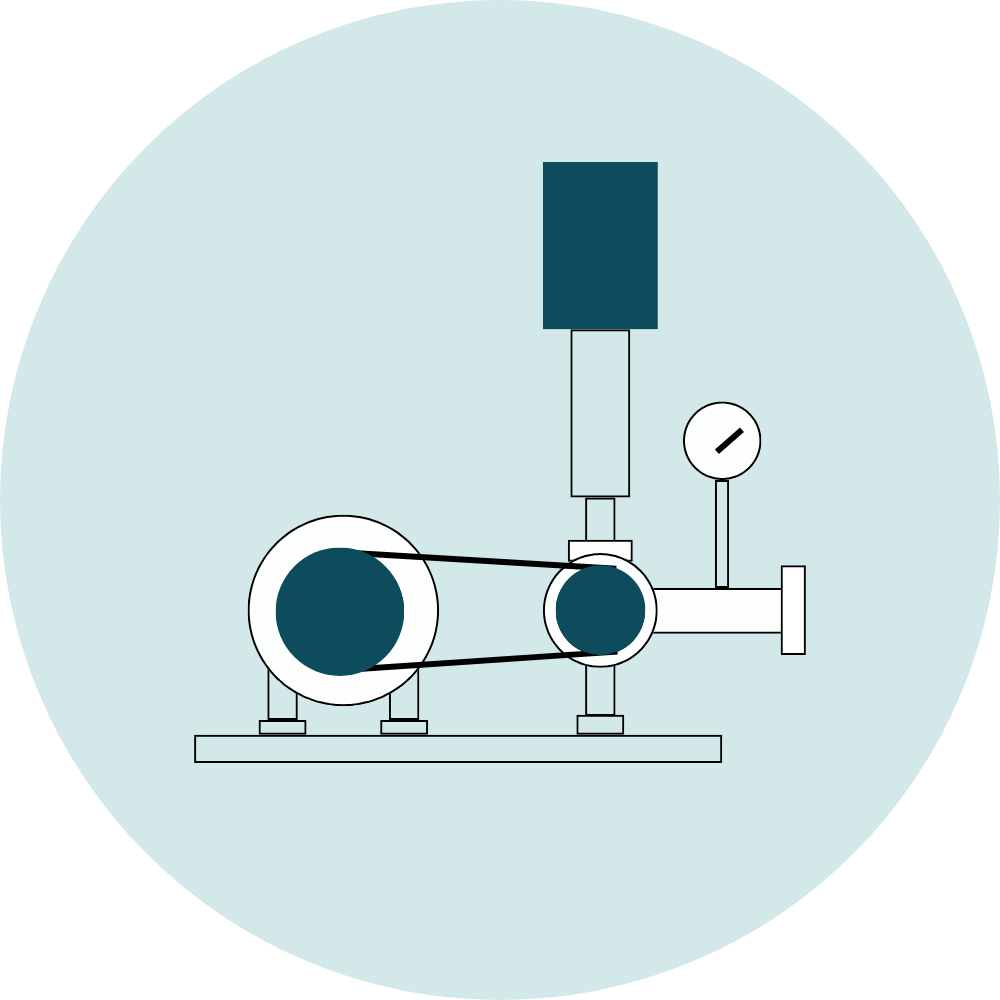We Value Your Feedback!
If you notice any issues or have suggestions, please share your feedback — it helps us improve your experience.
HOME • CALCULATORS

Sludge Volume Index
(SVI) Calculator
Sludge Volume Index Calculator — A Complete Guide for Plant Operators & Environmental Engineers
In wastewater treatment, few tools are as essential to activated-sludge process control as the Sludge Volume Index Calculator. If you work in operations, environmental science, or wastewater engineering, chances are you have heard about SVI, sludge settling, and clarifier performance more times than you can count. And if you’re new to the field? Don’t worry — you are about to understand one of the most operator-friendly process indicators in the industry.
This guide breaks down what the sludge volume index is, why it matters, how the Sludge Volume Index Calculator helps operators, and step-by-step instructions to master it. We’ll keep things friendly, practical, and as jargon-free as possible without losing the professional edge.
Sludge Volume Index (SVI) Calculator

ADVERTISEMENT
What Is Sludge Volume Index (SVI)?
Sludge Volume Index (SVI) measures how well activated sludge settles in a secondary clarifier. It is defined as:
The volume (ml) occupied by 1 gram of mixed liquor suspended solids (MLSS) after 30 minutes of settling in a graduated cylinder.
In formula form:
SVI = (Settled Sludge Volume in mL/L after 30 mins) / MLSS (g/L)
It reflects how compact or fluffy the sludge is and how easily solids separate from treated water. Operators use a Sludge Volume Index Calculator to speed up this analysis and avoid manual miscalculations.
Why SVI Matters in Wastewater Treatment
SVI isn’t just another lab number. It directly influences:
- Settling characteristics
- Effluent clarity
- Sludge blanket height
- Clarifier performance
- Sludge return & wasting decisions
- Filamentous bacteria control
- Process stability
Wastewater plants live or die by how well sludge compacts and separates. The Sludge Volume Index Calculator gives operators real-time insight into biological performance.
Ideal SVI Ranges
| SVI Value (mL/g) | Interpretation | System Condition |
|---|---|---|
| 50-120 | Excellent | Good settling |
| 120–150 | Acceptable | Normal |
| 150–200 | Fair | Sludge is fluffy; watch closely |
| >200 | Poor | Bulking; filamentous growth likely |
| <50 | Too compact | Possible sludge densification issues |
Causes of High SVI
High SVI means sludge doesn’t settle well. Common causes include:
- Filamentous bacteria overgrowth
- Low dissolved oxygen (DO)
- Low F/M ratio
- Excessive grease or industrial load
- Nutrient imbalance (low nitrogen/phosphorus)
- Septic influent
- Sudden temperature change
- Insufficient wasting
If the Sludge Volume Index Calculator shows rising values, investigate quickly before clarifier washout occurs.
Causes of Low SVI
Low SVI usually means sludge settles too fast or becomes overly compact. Causes include:
- Over-wasting sludge
- Very high DO levels
- Short solids retention time (SRT)
- Chemical addition effects
- Heavy inorganic solids in MLSS
While low SVI seems good, too low leads to denitrification, pin-floc, and rising sludge. This again emphasizes why the Sludge Volume Index Calculator is important for trend control.
Step-by-Step Lab Procedure
- Collect mixed liquor sample
- Fill a 1-liter graduated cylinder
- Mix gently to homogenize
- Let settle for 30 minutes
- Read settled sludge volume (mL/L)
- Test MLSS in the lab
- Enter values into the Sludge Volume Index Calculator
- Interpret the SVI value
Accuracy is everything — and the Sludge Volume Index Calculator helps ensure consistency.
Tips for Better Settling
- Maintain proper aeration
- Balance F/M ratio
- Keep good SRT control
- Monitor nutrient ratios (N:P)
- Prevent septic conditions
- Control foam and filaments
- Avoid shock loads where possible
Following these steps, along with regular use of a Sludge Volume Index Calculator, will keep the plant in good shape.
Why You Need a Sludge Volume Index Calculator
Here are top reasons operators rely on it:
✅ Eliminates math mistakes
✅ Faster decision-making
✅ Instant trend charting
✅ Uniform reporting
✅ Better compliance
✅ Helps new operators learn faster
The Sludge Volume Index Calculator is especially useful for plants training staff or implementing digital SOP tools.
Final Thoughts
The sludge volume index is one of the most important settling indicators in wastewater treatment. A clear-settling sludge blanket equals clean effluent, efficient clarifiers, and regulatory peace of mind.
In short:
- SVI tells you how your sludge settles
- Trends matter more than single values
- Good aeration, balanced wasting, and nutrient control are key
- The Sludge Volume Index Calculator helps operators maintain consistency
Whether you run a small oxidation ditch or a large municipal plant, monitoring SVI helps keep your system stable, efficient, and compliant.




